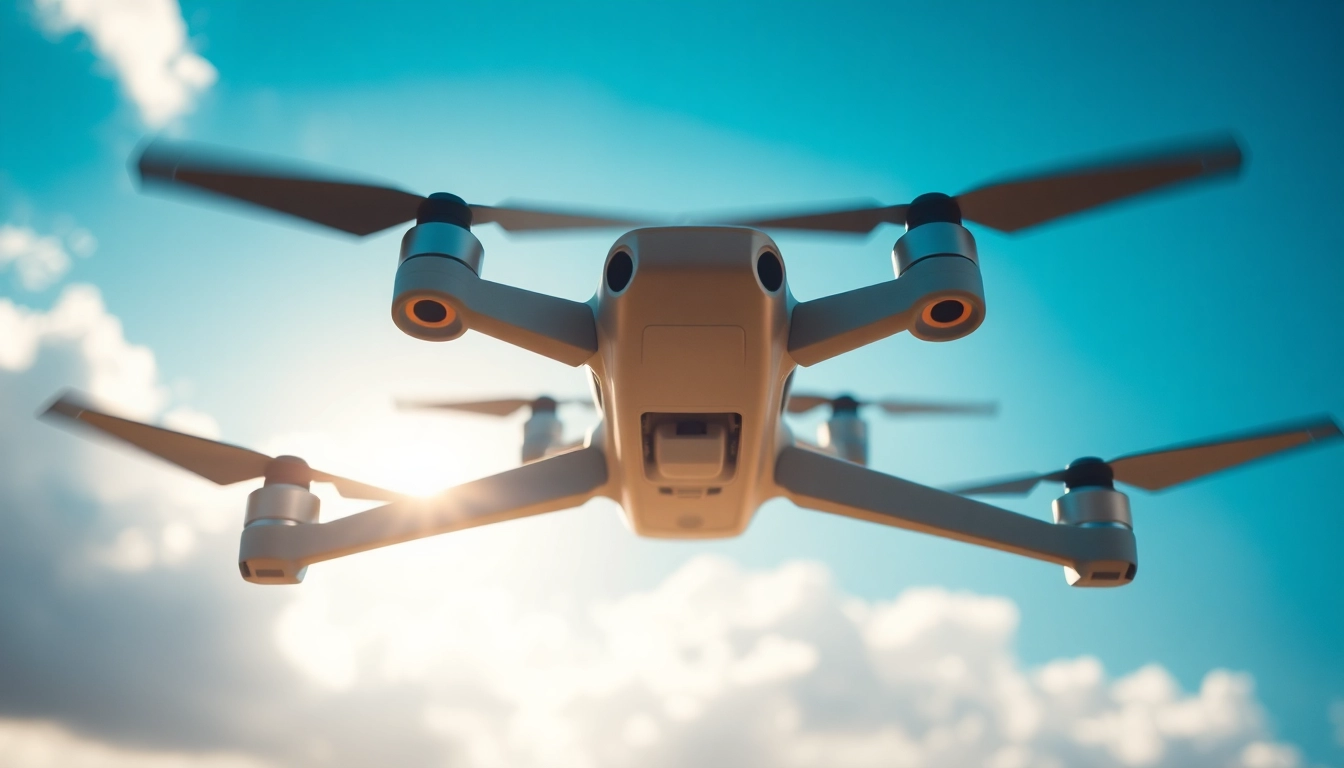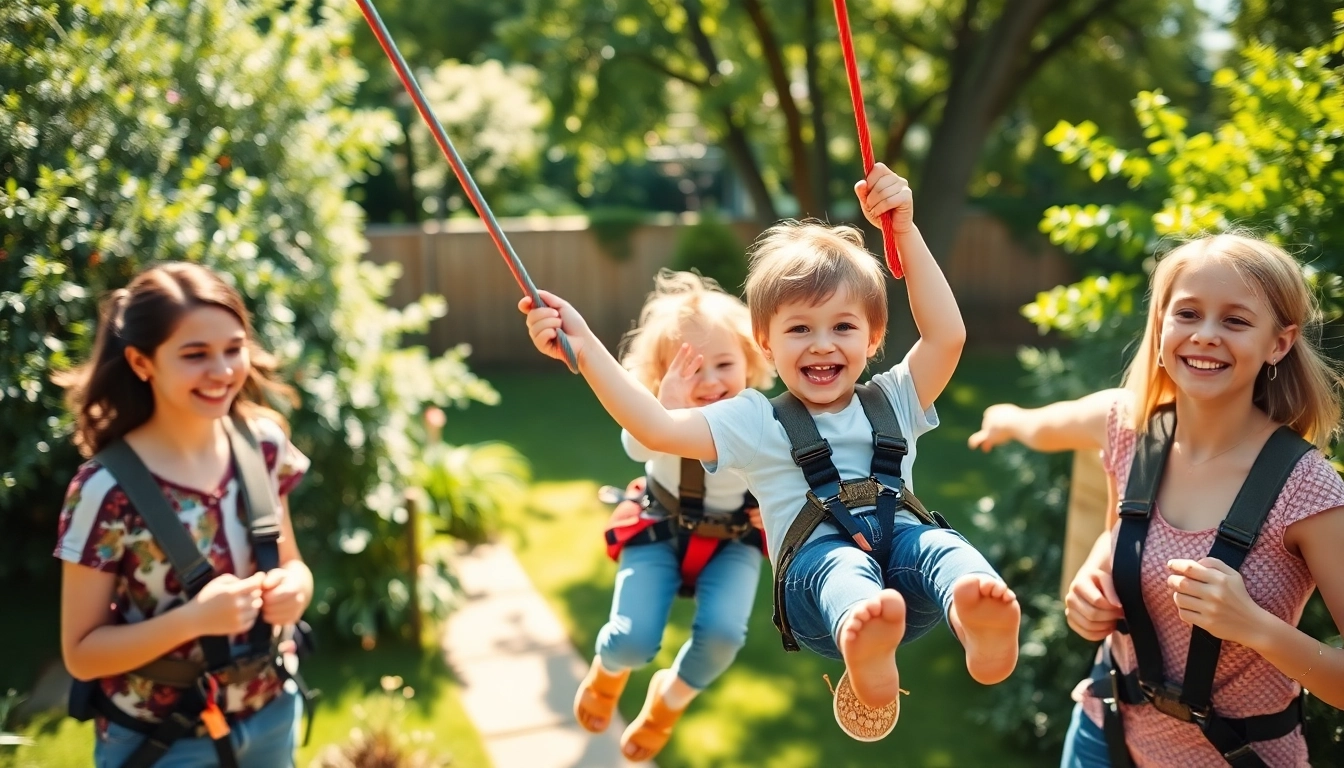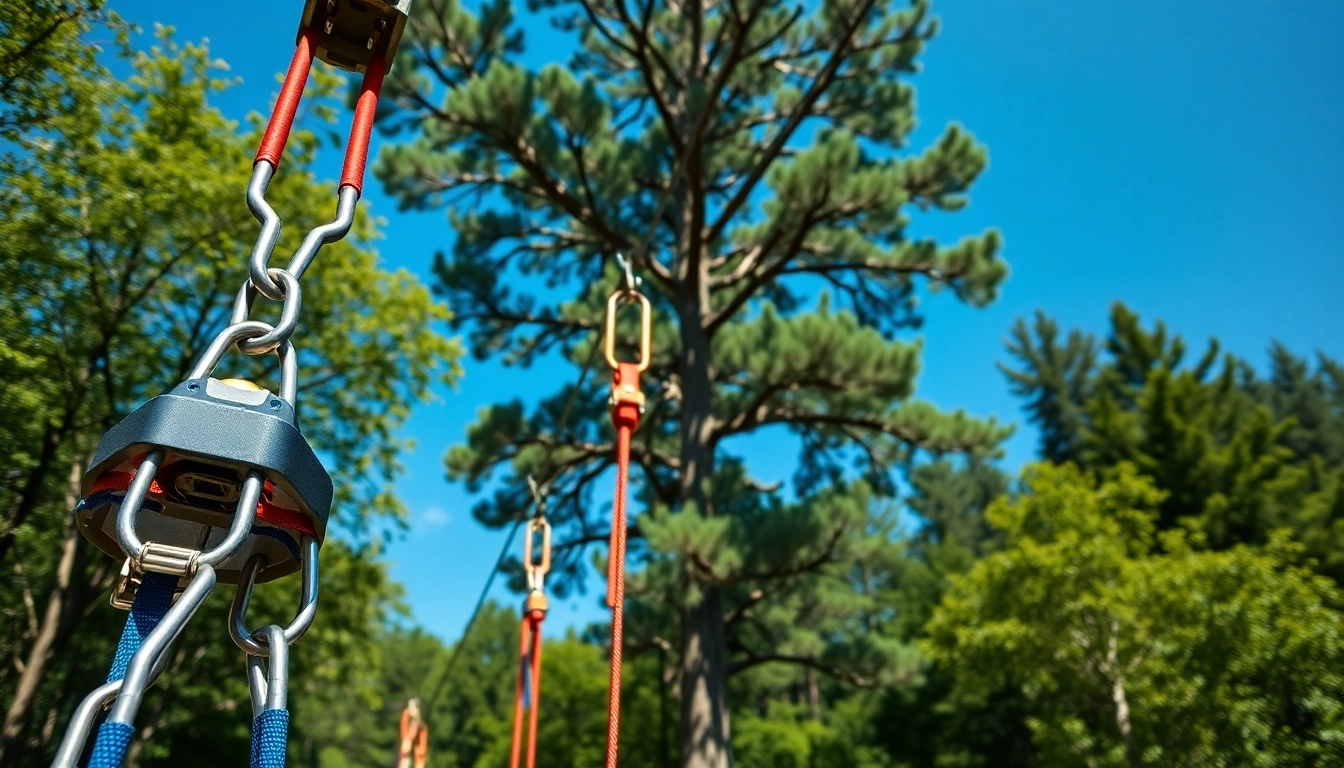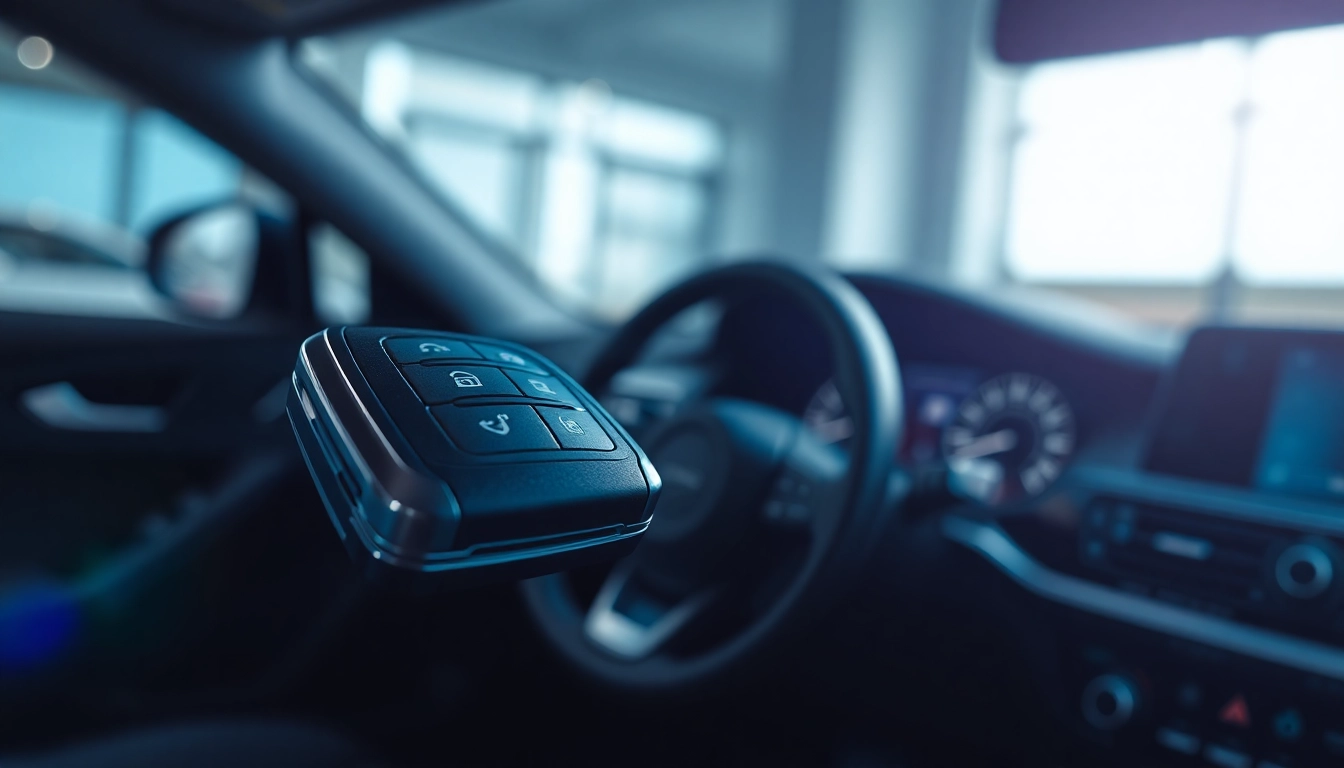
Understanding Drone Photography License Requirements
As drone technology continues to evolve and become more accessible to the public, the area of drone photography has grown significantly in popularity. However, with this boom comes an essential layer of responsibility: understanding the drone photography license requirements. Navigating these requirements is crucial for anyone looking to operate drones for commercial or even serious amateur photography. This comprehensive guide will delve deep into the ins and outs of obtaining the necessary licenses, the importance of compliance, and the various challenges you might face along the way.
What are Drone Photography Licenses?
Drone photography licenses are governmental certifications that allow individuals to operate drones specifically for aerial photography. These licenses are part of a broader regulatory framework designed to ensure safety in the air and to promote responsible use of drone technology. In many countries, drone operators must acquire a license to ensure they comply with regulations laid out by aviation authorities.
These licenses typically reflect a foundational understanding of air traffic laws, drone operation, and safety protocols. Depending on the jurisdiction, licenses can range from basic certifications to more advanced qualifications that require passing tests and completing various hours of flight training.
Importance of Complying with License Requirements
Compliance with drone photography license requirements is critical for several reasons. Firstly, it guarantees that the drone operator understands the laws governing airspace and drone use, significantly reducing the chances of accidents that can harm individuals or property below. Secondly, non-compliance can lead to severe penalties, including hefty fines, civil lawsuits, or even jail time in extreme cases. Lastly, being properly licensed enhances credibility, building trust with clients and potential customers in a competitive market.
Differences in Licensing Across Regions
One of the most challenging aspects of drone photography licensing is that regulations vary widely across regions. For example, in the United States, the Federal Aviation Administration (FAA) requires all commercial drone operators to pass a knowledge test and earn a Part 107 license. Conversely, other nations like Canada have their own distinct regulations under Transport Canada, which requires the completion of a Series of training modules and practical assessments before obtaining corresponding licenses.
Furthermore, some regions might have additional local regulations that impact drone operation, such as restrictions on flying in urban areas, near airports, or during specific weather conditions. It’s essential for drone operators to be aware of their local laws to avoid legal complications.
Steps to Obtain a Drone Photography License
Eligibility Criteria for Applicants
Before diving into the licensing process, applicants must first meet specific eligibility criteria. Typically, these include a minimum age requirement (often 16 years old), identification verification, and the ability to demonstrate proficiency in drone operation. In many jurisdictions, applicants must also declare that they are in good health and free from any medical conditions that might impair their ability to operate a drone safely.
Training Options: Schools vs. Online Courses
Once determined eligible, aspiring drone photographers have several training options available. Traditional flight schools can provide in-person education focusing on both theoretical knowledge and practical flying skills. Alternatively, many online platforms now offer comprehensive courses on drone operation and safety, often supplemented with videos and interactive assessments.
When choosing between these options, consider your learning style, budget, and how quickly you want to get licensed. Many online courses are self-paced, allowing for flexibility, while traditional schools may provide more hands-on experience, which can be invaluable for mastering drone photography.
Application Process: What to Expect
The application process can vary based on regional licensing requirements, but a general framework exists. Typically, it begins with completing an approved training course and gathering required documentation, such as proof of identification, training completion certificates, and any requisite health statements. Applicants then submit their applications through the relevant aviation authority, which may involve a writing test or practical assessment.
Once submitted, the application may take anywhere from a few weeks to a few months to process, during which candidates might be called for additional testing or interviews. Keeping track of your application status and preparing for any follow-up requirements can streamline this process.
Common Challenges with Drone Photography Licensing
Navigating Complex Regulations
One significant challenge for many drone photographers is the complex regulatory landscape. As previously mentioned, laws differ not only from country to country but often from state to state or city to city. Staying informed about these varying regulations can be cumbersome, necessitating a commitment to ongoing education and awareness. Utilizing resource hubs like aviation authority websites, drone community forums, and professional networks can help mitigate this challenge by providing updates and guidance.
Overcoming Financial Barriers
Obtaining a drone photography license can come with its financial challenges. The cost of training programs, application fees, and even equipment purchases can add up quickly. Aspiring drone photographers can explore options such as scholarships, grants, or even partnering with established photographers who can share resources. Additionally, viewing this as an investment in one’s future career can help ease the initial financial burden. Long-term clients, in turn, can ensure a profitable return on the initial investment in licensing and education.
Staying Updated with Changing Laws
The drone industry is continually evolving, and regulations often adapt alongside technological advancements. It’s critical to stay updated with changes through regular study of local laws and participation in professional associations that provide resources for drone operators. Creating a routine for checking relevant news sources or subscribing to newsletters can support ongoing education and compliance.
Best Practices for Compliance in Drone Photography
Documentation and Record Keeping
Proper documentation is essential for compliance in drone photography. Operators should maintain records of their licenses, any training completions, insurance information, and flight logs detailing all operations conducted. This documentation not only serves as evidence of compliance should any legal issues arise but also aids in tracking performance over time. Using apps designed for drone flight log management can streamline this process and improve accessibility and accuracy.
Safety Measures While Shooting
Safety is paramount in all photography operations, especially when drones are involved. Implementing safety measures includes comprehensive pre-flight checks, ensuring that the drone is in optimal condition, and contacting local authorities when necessary. Operators should approach the photography site with a safety-first mindset, looking for potential hazards—such as crowded areas, wildlife, or obstacles like power lines—to assess their risk level.
Engaging with Local Authorities
Maintaining open lines of communication with local authorities concerning drone photography operations is crucial. Many regions require notifying law enforcement or aviation bodies about planned flights, especially in public or crowded areas. Establishing a good relationship not only facilitates smoother operations but can also enhance safety and help build community trust regarding drone usage.
Maximizing Your Drone’s Potential Post-Licensing
Advanced Techniques for Stunning Aerial Photography
Having secured a drone photography license opens up a world of creative possibilities. Operators can explore various techniques to enhance their aerial photography skills. Techniques such as mastering the “drone shot,” utilizing automated flight paths, and employing advanced editing software can elevate photography quality significantly. Experimenting with different angles, lighting conditions, and subject matter can also deliver stunning visual storytelling that stands out in a competitive market.
Marketing Your Licensed Drone Photography Services
Once licensed and skilled in operation, the next step is translating those capabilities into marketable services. Building an online portfolio that showcases your best work can capture potential clients’ attention. Social media platforms targeted towards creatives, such as Instagram and Pinterest, can also be effective venues for marketing your services. Engaging with potential customers through these platforms, sharing behind-the-scenes footage, or offering free introductory shoots can create buzz around your brand and increase visibility.
Joining Community Groups for Ongoing Support
Finally, becoming a member of community groups can provide additional support for licensed drone photographers. Networking opportunities, mentorship programs, and collective resources can enhance skills and keep operators informed about industry trends. Online forums and local meet-ups can facilitate engagement among enthusiasts and professionals alike, creating forums for idea sharing and collaboration that can foster both personal and professional growth.






